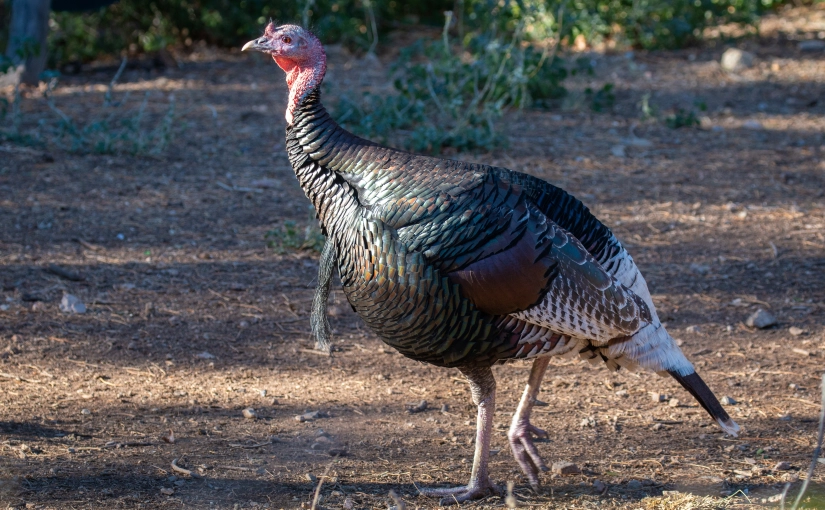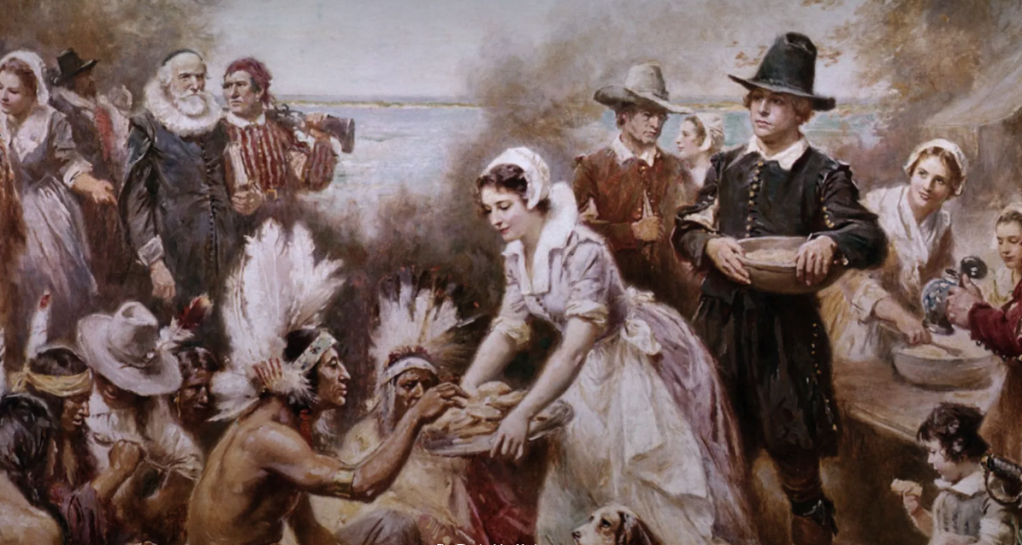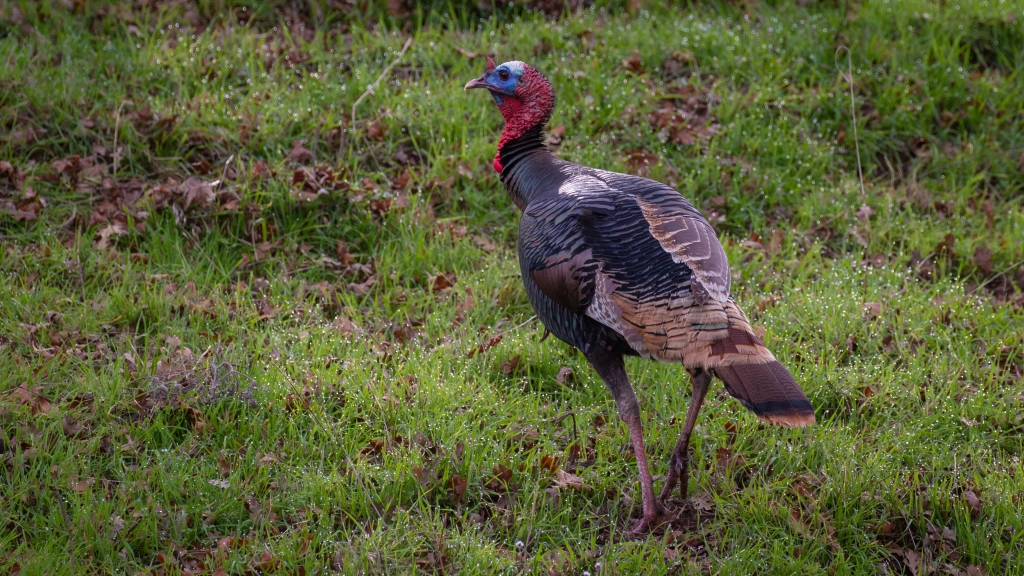Perfectly appropriate for Thanksgiving Day, Post #14 in Jim Gain’s “Learn 100 Common Valley Birds” series is the Wild Turkey. We’re proud to post Jim’s fine work, and urge you to visit his Reflections of the Natural World for more of his fine work and spectacular images.

Introduction
The Wild Turkey (Meleagris gallopavo) is the heaviest upland ground bird native to North America. It is the ancestor to the domestic turkey, which was originally derived from a southern Mexican subspecies of wild turkey. With the population steadily increasing over the past decade, Wild Turkey is an Uncommon to Fairly Common Resident with higher numbers found in the foothills than on the valley floor.
Thanksgiving Dinner?
There’s a good chance the Pilgrims and Wampanoag did in fact eat turkey as part of that very first Thanksgiving. Wild turkey was a common food source for people who settled Plymouth. In the days prior to the celebration, the colony’s governor sent four men to go “fowling”—that is, to hunt for birds. Did they come back with any turkey? We don’t know for sure, but probably. At the very least, we know there was a lot of meat, since the native Wampanoag people who celebrated with the Pilgrims added five deer to the menu.
Wild Turkey Immigration to California
The Wild Turkey is not native to the Central Valley of California. It was introduced from the 1950s through the end of the twentieth century by the California Fish and Game Commission (now the California Department of Fish and Wildlife ) imported thousands of non-native Rio Grande wild turkeys to California, releasing them in over 200 locations throughout the state. The turkeys quickly adapted and can now be found living everywhere from oak savannas to the suburbs. Look for Wild Turkeys in Henderson Park in Merced County and in the upper foothills of Del Puerto Canyon in Stanislaus County. Don’t be surprised if you seem them elsewhere as well. They continue to thrive throughout the Valley.


